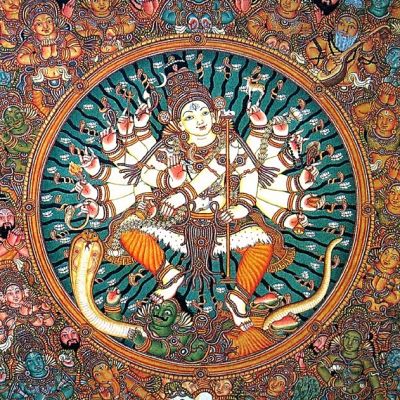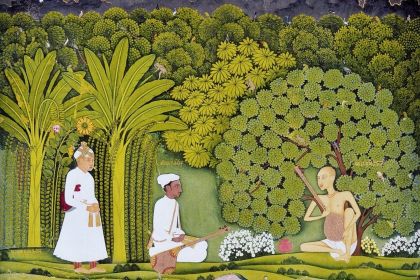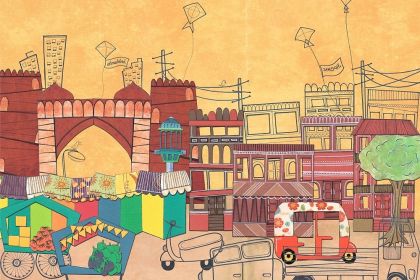MEDITATION
Bharata Muni and the Natya Shastra as a formative treatise of Indian classics

Natya Shastra book cover
Bharata Muni was an eminent Indian philosopher and musicologist who is believed to have lived around 200 BC. The only source that could be used to shed some light on Bharata's biography is his Nāṭya Śāstra, the very first Sanskrit treatise on the performing arts detailing musical forms, scales, and instruments.
Some sources question the existence of Bharata Muni, believing the Nāṭya Śāstra text to be a work of several authors. The very name Bharata is sometimes seen as an acronym for the three syllables: bha for bhava (mood), ra for raga (melodic framework), and ta for tala (rhythm). However, the most accepted version still iconifies Bharata as a muni—a sage with the knowledge of the truth of existence through self-realization.
Consolidating the music and literary traditions of the Indian subcontinent into 36 chapters written primarily in poetic verses, the Natya Shastra focuses on aspects of theatrical drama including composition, stage construction, costumes, and body movements. Crucially, it describes the correct integration of music with art performance.
In seven chapters devoted to music, Bharata Muni introduces 21 musical scales indicating the peculiarities of the mood created by improvisation in each of the scales and their application in different forms of performance arts. The text pays special attention to the classification of musical instruments, their construction, and performing techniques.
Currently, Indian classical ragas are melodically tied to 72 musical scales, some of which correspond to the diatonic scales of Western theory. They constitute the core of classical and popular music. Considering the above, listeners who are well-versed in the Indian classics won't have any trouble with the genre ragas composed in the Bilaval thaat—a musical scale identical to the Ionian major scale that dominates Western music.
Listen to Ali Akbar Khan perform Raga Alhaiya Bilawal:
According to Bharata Muni, the origins of the social crises explored in the drama performances can be tied to the decline of Satya Yuga, a time period in Hinduism often referred to as the Golden Age as it was marked by virtue and righteousness.



